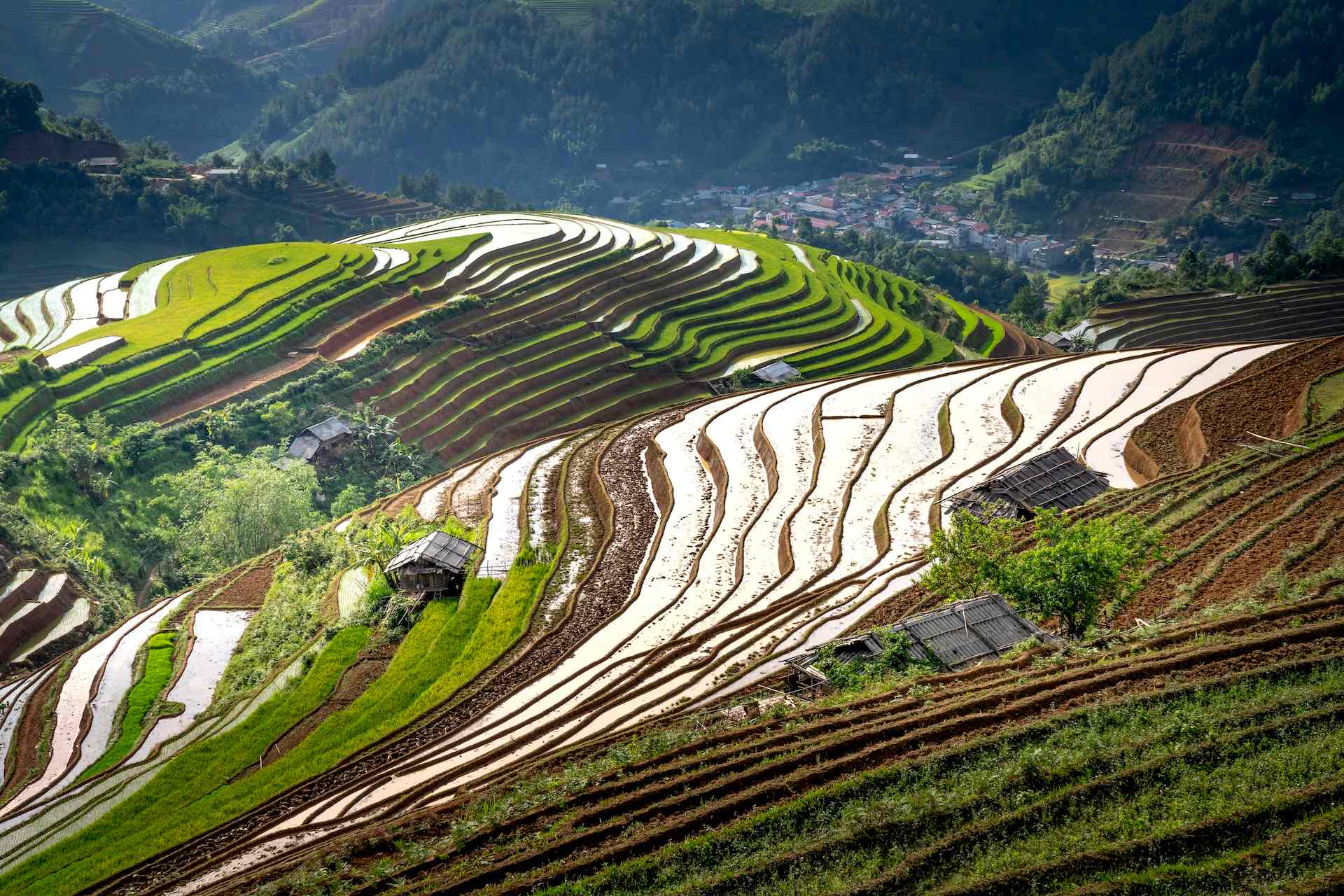Gwangju weather is a topic that many people are interested in, as it can greatly impact one’s experience when visiting the city. Gwangju, located in the southwestern region of South Korea, has a humid subtropical climate, which is characterized by hot summers and mild winters. The city experiences a monsoon season from June to September, with the heaviest rainfall occurring in July and August. The average temperature in Gwangju ranges from -2°C (28°F) in January to 29°C (84°F) in August.
The humidity in Gwangju is relatively high throughout the year, with an average of around 70%. This means that even on cooler days, the air can feel quite thick and muggy. The city also experiences occasional typhoons during the summer and fall months, which can bring strong winds and heavy rain.
One of the most notable features of Gwangju weather is the temperature difference between day and night. The city can experience temperatures as much as 10°C (18°F) higher during the day than at night. This can make it feel quite hot and sticky during the day, but quite pleasant in the evening.
Despite the monsoon season and high humidity, many visitors to Gwangju still enjoy the city’s warm weather and beautiful scenery. The city is known for its many parks and gardens, as well as its beautiful temples and traditional Korean architecture.
| Month | Low (°C) | High (°C) | Low (°F) | High (°F) | Rain (%) |
|---|---|---|---|---|---|
| January | -2 | 5 | 28 | 41 | 30 |
| February | -1 | 7 | 30 | 45 | 25 |
| March | 3 | 12 | 37 | 54 | 20 |
| April | 8 | 18 | 46 | 64 | 15 |
| May | 13 | 22 | 55 | 72 | 10 |
| June | 17 | 26 | 63 | 79 | 40 |
| July | 20 | 29 | 68 | 84 | 50 |
| August | 20 | 29 | 68 | 84 | 50 |
| September | 17 | 26 | 63 | 79 | 40 |
| October | 12 | 22 | 54 | 72 | 30 |
| November | 6 | 13 | 43 | 55 | 20 |
| December | 2 | 8 | 36 | 46 | 15 |
When it comes to the best time to visit Gwangju, it ultimately depends on one’s personal preferences. For those who enjoy warm weather and sunshine, the months of May to September would be ideal, with temperatures ranging from the mid-teens to the high twenties. However, it is important to keep in mind that the humidity can be quite high during these months, and the city experiences a monsoon season from June to September.
For those who prefer cooler weather and less humidity, the months of October to April would be a better option. The temperatures during this time typically range from the low single digits to the low teens, and the humidity is generally lower. It is also a great time to visit the city’s many parks and gardens, as the fall foliage and spring blossoms are quite beautiful.
Another thing to consider when planning a trip to Gwangju is the city’s cultural events and festivals. Many of the city’s biggest festivals, such as the Gwangju Biennale and the Gwangju World Music Festival, take place during the warmer months of the year. If you’re interested in experiencing the city’s culture and arts scene, it would be best to plan your trip around these events.
In summary, the best time to visit Gwangju largely depends on one’s personal preferences and interests. For those who enjoy warm weather and sunshine, the summer months would be ideal. For those who prefer cooler weather and less humidity, the fall and winter months would be a better option. And for those interested in the city’s culture and arts scene, planning a trip around the city’s festivals and events would be a great idea.



